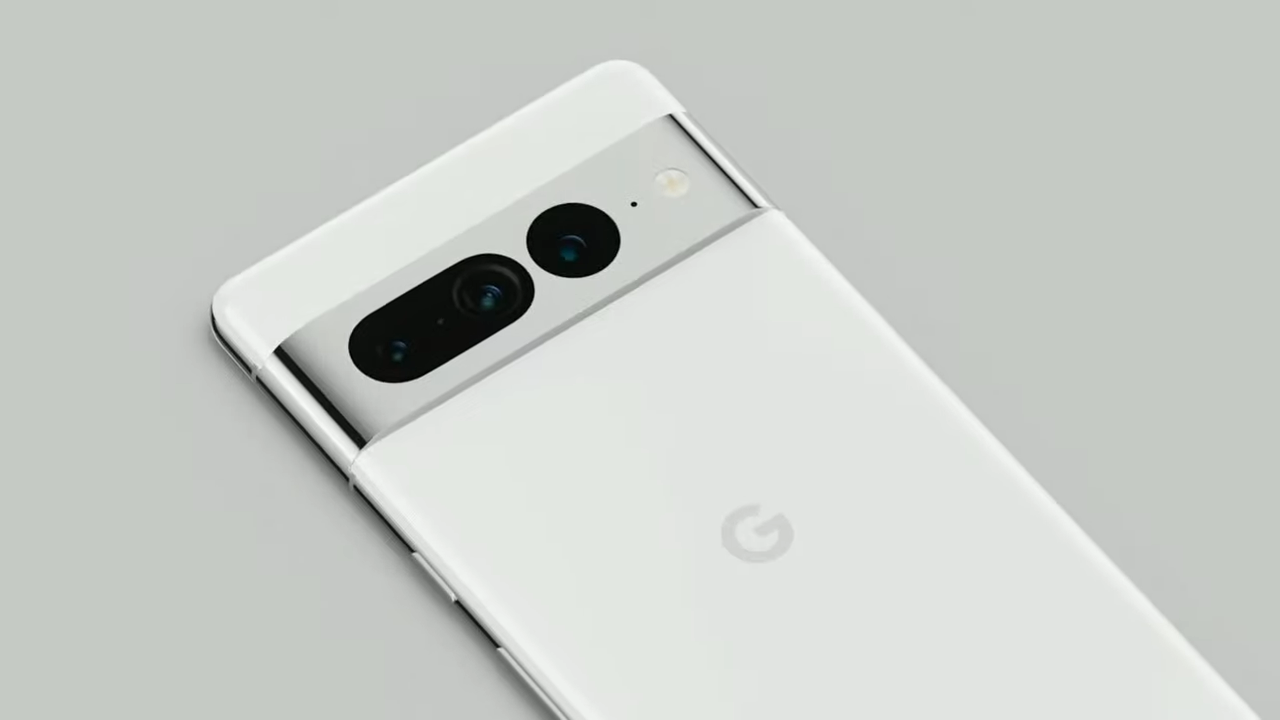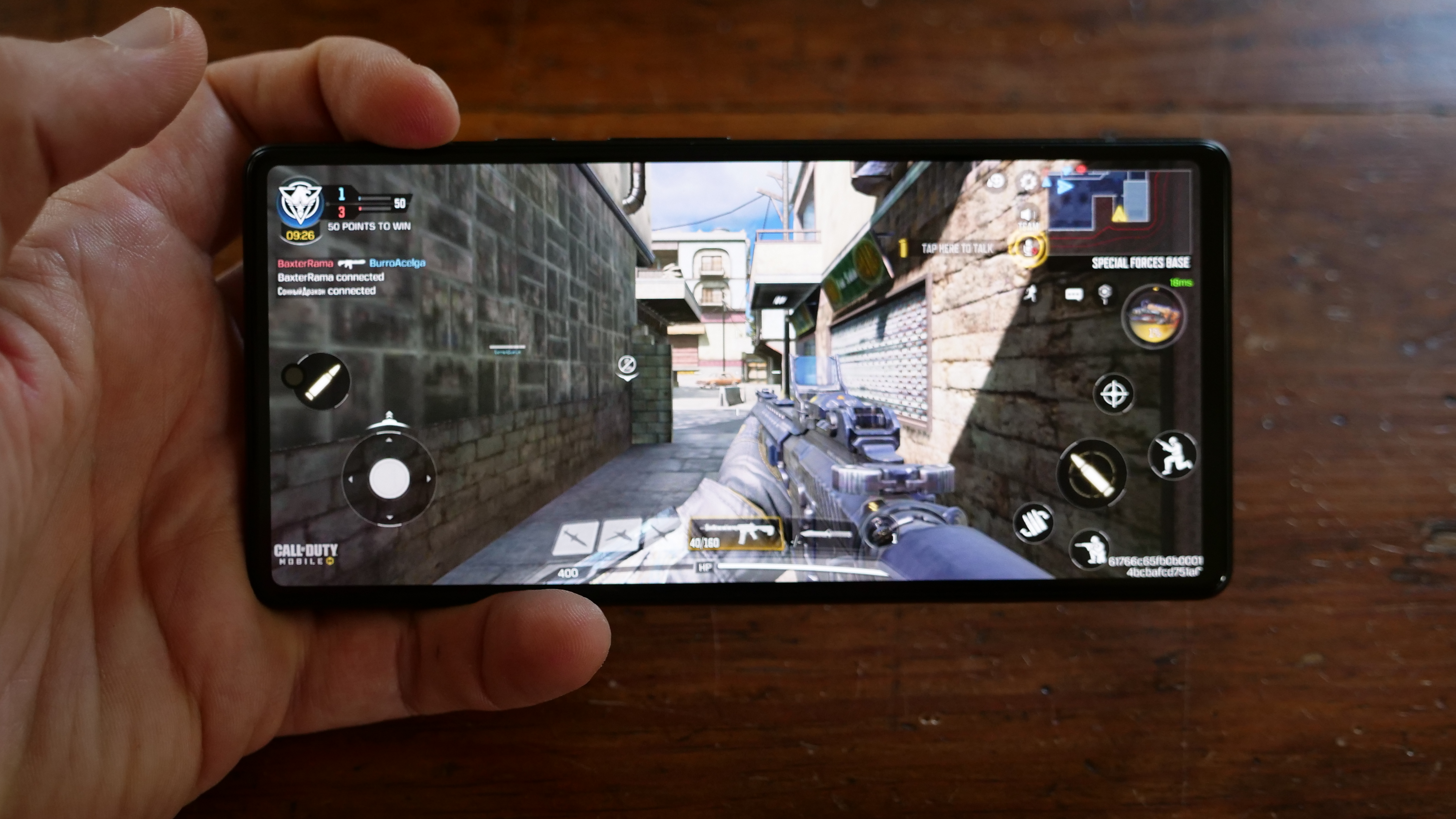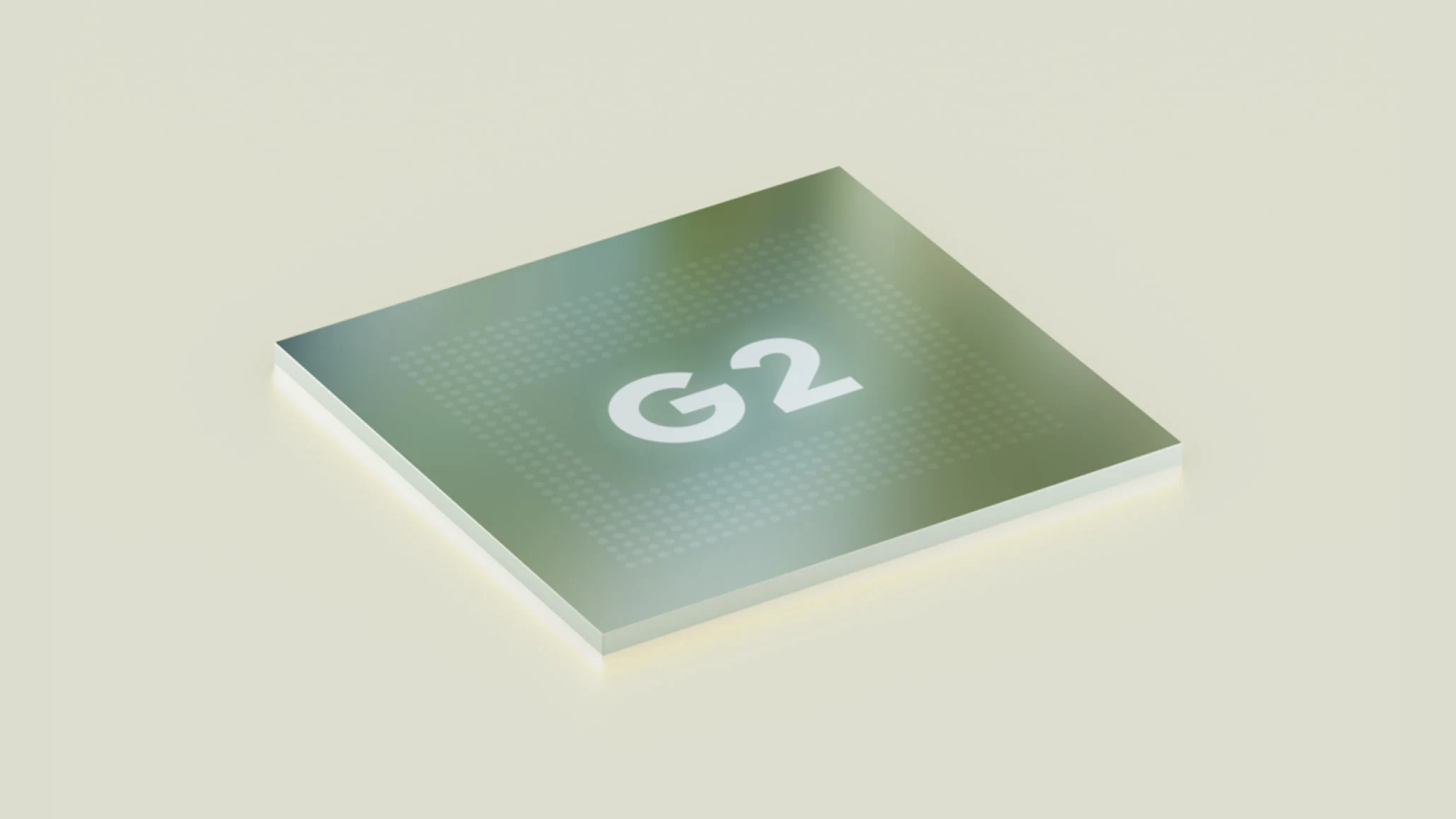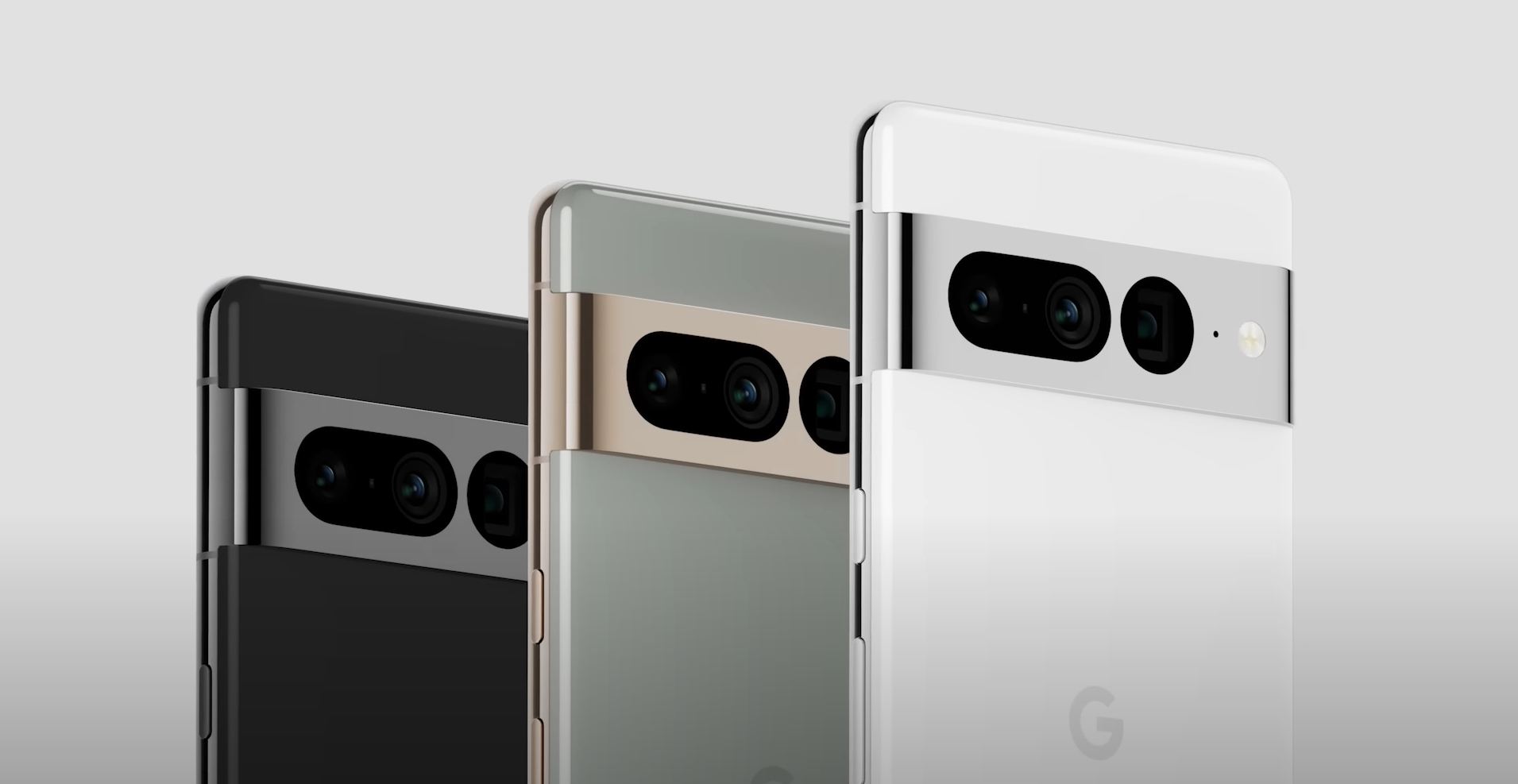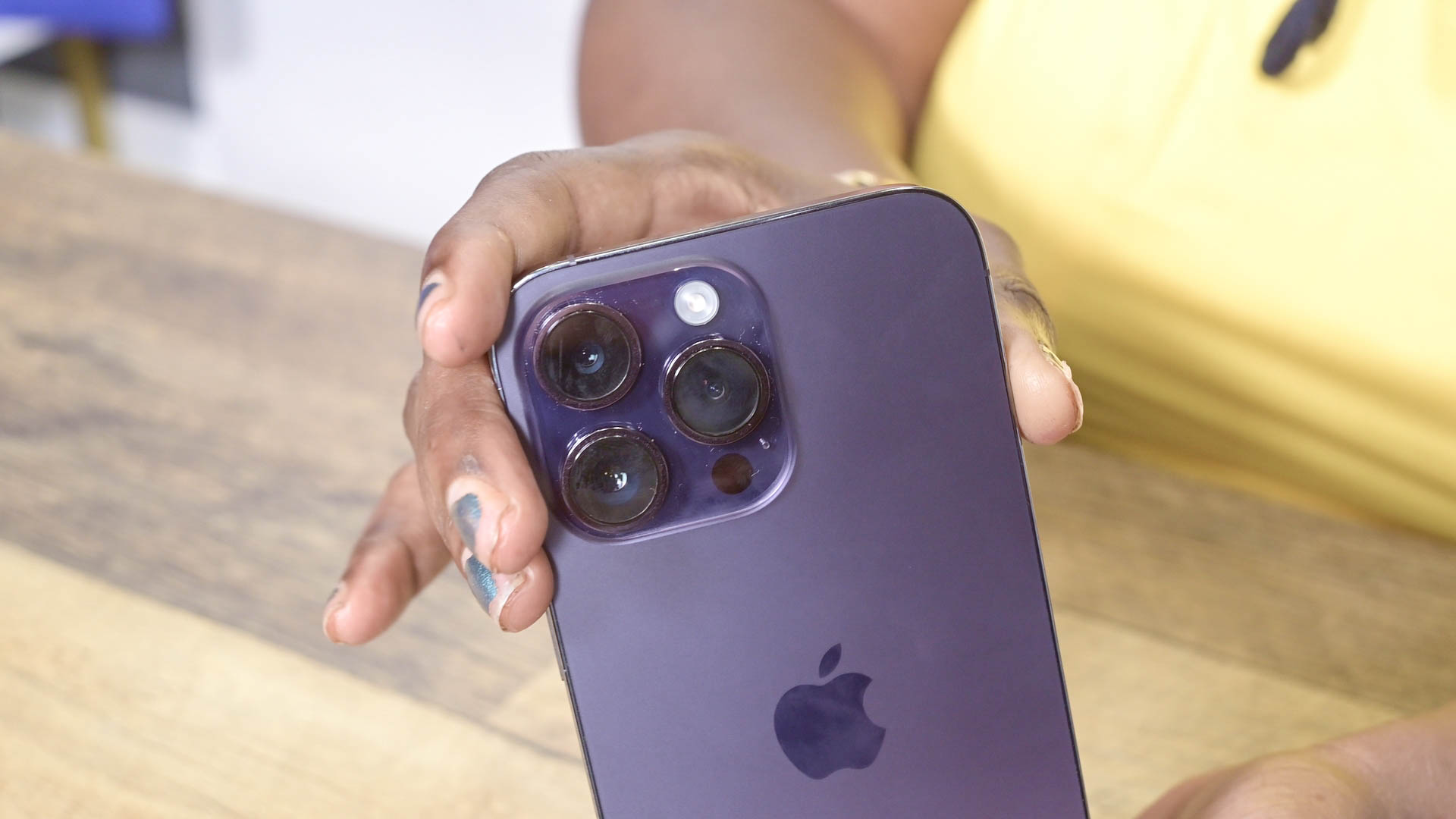Google Pixel 7 Pro vs iPhone 14 Pro: Which should you buy?
What are the differences between the Google Pixel 7 Pro and the iPhone 14 Pro?
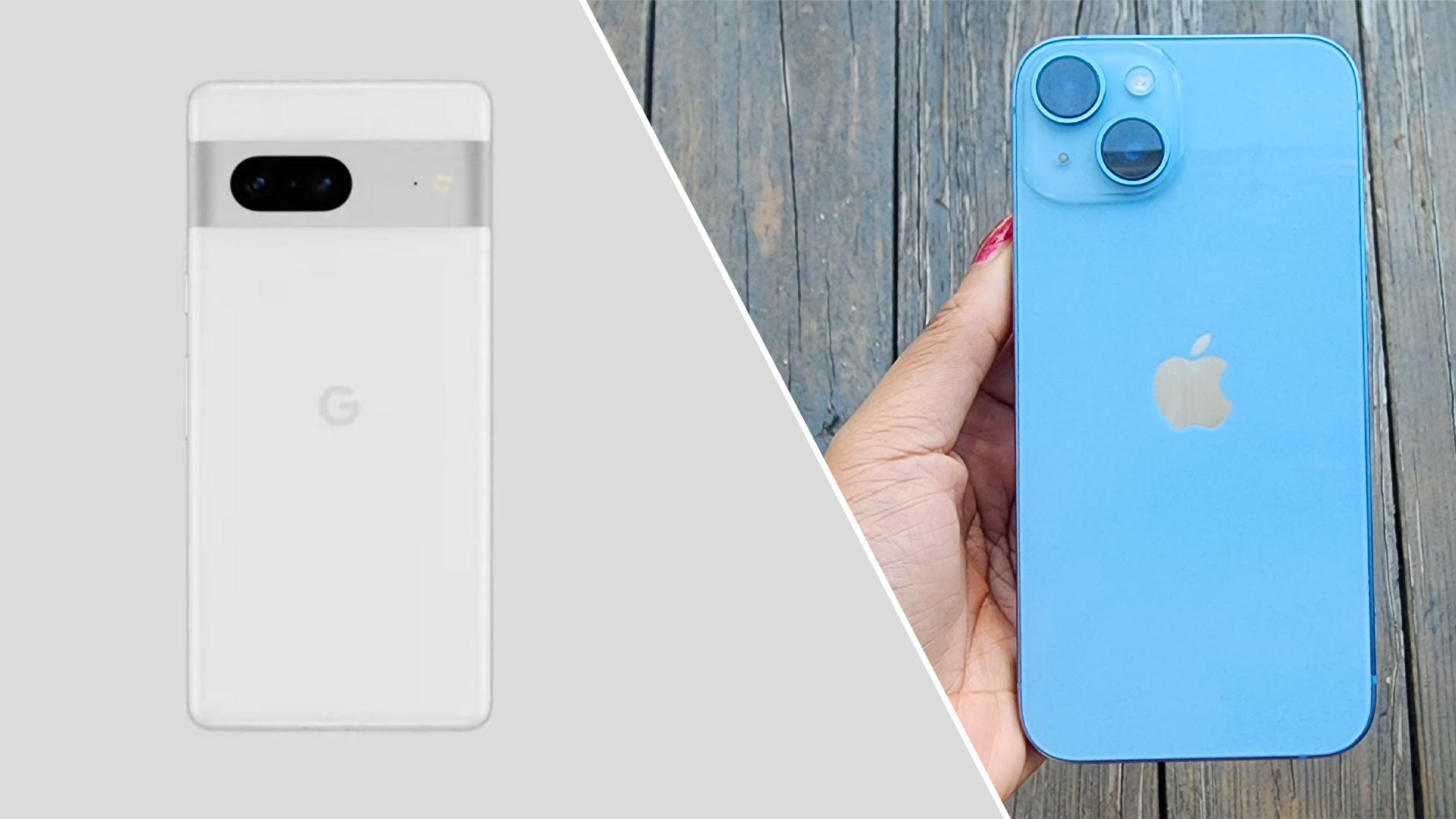
After tonnes of rumors and leaks, the Google Pixel 7 Pro has finally been officially announced. But there is one very important question: how does it compare to the iPhone 14 Pro and Pro Max?
The two top-tier flagship smartphones of the fall are set to go to battle over some key features, which will factor heavily into your decision of which one to buy.
So, let us help give you some advice by comparing the two to help you make the right choice.
Google Pixel 7 Pro vs iPhone 14 Pro: Specs
| Spec | Google Pixel 7 Pro | iPhone 14 Pro/Pro Max |
| Screen size | 6.7 inches | 6.1 - 6.7 inches |
| Refresh rate | 120Hz | 120Hz |
| Storage | 128GB, 256GB, 512GB | 128GB, 256GB, 512GB, 1TB |
| CPU | Google Tensor G2 | A16 Bionic |
| RAM | 12GB | 6GB |
| Rear cameras | Triple cameras (50MP wide, 48MP telephoto, 12MP ultrawide) | Triple cameras (48MP wide, 12MP telephoto, 12MP ultrawide) |
| Front facing camera | 10.8MP f/2.2 aperture | 12MP f/1.9 aperture |
Google Pixel 7 Pro vs iPhone 14 Pro: Price
Both phones match the pricing of their previous iterations (in the U.S., at least), as the Pixel 7 Pro starts at $899 and the iPhone 14 Pro begins at a cost of $999.
What does the iPhone 14 Pro offer for that additional hundred bucks? Let’s find out.
Google Pixel 7 Pro vs iPhone 14 Pro: Design
Google brought a dramatic (and divisive) overhaul to its smartphone lineage with the Pixel 6 Pro, and that design language continues to the Pixel 7 Pro, including the eye-catching camera visor that stretches across the back glass of the device.
One welcome change is a pivot from the two-tone finish across the top and bottom of the back panel to a uniform finish. It was a fun experiment last year, but I personally feel it made the phone look a little more toy-like.
Sign up to receive The Snapshot, a free special dispatch from Laptop Mag, in your inbox.
Meanwhile, the iPhone 14 Pro maintains that same premium, utilitarian, iPhone-esque form factor — adorned with surgical stainless steel around the side, and glass on the front and rear.
One key difference in the iPhone, though, brings it one step closer to the unintrusive hole on the Pixel 7 Pro’s display, as the Dynamic Island forms a far smaller cutout than Apple’s trademark notch of old.
As for size and weight, the iPhone 14 Pro comes in at 5.81 x 2.81 x 0.31 inches and 7.3 ounces, whereas the Pro Max is 6.33 x 3.06 x 0.31 inches and 8.5 ounces. In comparison, the Pixel 7 Pro stands head and shoulders above the pair at 6.41 x 3.02 x 0.35 inches but is lighter than the Pro Max at 7.48 ounces.
Google Pixel 7 Pro vs iPhone 14 Pro: Display
Both sport gorgeous displays — the iPhone 14 Pro sports a Super Retina XDR display ( with 120Hz refresh rate and LTPO technology for an adaptive 120Hz refresh rate (in 6.1-inches or 6.7 inches for Pro and Pro Max, respectively).
Meanwhile, the Pixel 7 Pro packs a 6.71-inch AMOLED panel with HDR10+, LTPO and a 120Hz refresh rate, along with a 3120 x 1440 resolution. Outside of the pill-shaped cutout of the iPhone 14 Pro, both of these screens are certainly small, iterative updates over their previous iterations, which makes us confident that they’re going to be serious lookers.
Another key difference comes with security, as there is a fingerprint reader beneath the Pixel 7 Pro’s display, whereas the iPhone 14 Pro relies solely on Face ID.
Google Pixel 7 Pro vs iPhone 14 Pro: Processor
There seems to be no stopping Apple and its ongoing march to benchmark domination, as the iPhone 14 Pro goes further beyond the lightning fast iPhone 13 Pro with an A16 Bionic — built on the 4nm process.
The Google Pixel 7 Pro takes the second generation of the company’s own Tensor chipset, the Tensor G2, which has also been built using a 4nm process for many, many more transistors and a nice bump in performance.
As we note in our Pixel 6 review, the Tensor processor wasn’t necessarily setting our benchmark tests on fire — falling quite far behind the iPhone 13’s A15 Bionic. But the purpose of this chip was never to be on the bleeding edge of lab tests.
Instead, it’s used to drive a lot of the AI smarts happening behind the scenes, and given this is Google's own silicon, the company can now start to tune the chip to its own priorities. Now we’re in the second generation, it will be interesting to see how this compares now.
Google Pixel 7 Pro vs iPhone 14 Pro: Cameras
Both phones pack versatile, top tier camera systems, but Apple has seen the most dramatic improvements over Google, which stays the course with its 50MP main sensor with f/1.9 aperture, 48MP telephoto with f/3.5 and a 12MP ultrawide with f/2.2 and a 20% wider lens.
You see, while the ultra-wide and telephoto remain the same on the iPhone 14 Pro (12MP with f/2.8 and f/2.2 respectively), the wide has made a jump to a 48MP sensor with f/1.8 aperture — relying on pixel binning to deliver crispier pixels and maintain strong night time photography performance. Another interesting implementation is the Time of Flight LiDAR scanner on the iPhone, which the Pixel 7 Pro does not have.
The key differences lie in the computational and software photography work that’s happening in the background, which historically, the contrasty shots Google creates are the ones I prefer.
Not to say that Apple hasn’t created a stellar camera system with impressive software photography to cope with the majority of circumstances. I use an iPhone 13 Pro, which (alongside the 14 Pro) reigns supreme as the best smartphone for video.
But for photography, Google’s software has always been a little bit more expressive with differences in lighting, which along with the additional detail of that 50MP sensor provides crispier detail.
Plus, with Guided Frames (voice-assisted selfie-framing to help the blind), the Pixel's camera system is easier and more accessible to use than ever.
Google Pixel 7 Pro vs iPhone 14 Pro: Battery life
It took a teardown of the iPhone 14 Pro and Pro Max to figure out that they pack a 3,200 mAh and 4,323 mAh batteries respectively. To compete, the Pixel 7 Pro stuffs a 5,000 mAh cell in here.
Of course, that’s half the story, as while the iPhones always get smaller batteries, Apple works on everything, from the software to hardware components, to give you strong battery life.
As for Google, the Pixel 6 Pro delivered a rather disappointing battery life in our test, lasting 7 hours and 43 minutes, compared to the 13 Pro Max’s 12:16. We’ll need to go hands on and see whether this has been remedied for the company’s new phone, so we’ve got our fingers crossed.
Outlook
These iterative updates make us optimistic for the Google Pixel 7 Pro, but the iPhone 14 Pro developments mean it may still edge ahead and deliver a superior all-round experience.
Of course, we can only talk about our hands-on experience with the 14 Pro and our history with Google’s Pixel phones from last year. With that in mind, it’s fair to say that whatever phone you will pick, you’ll love them both.
So, at $100 less, the Pixel 7 Pro could be a mighty tempting buy for those who are looking after their bank balances a little more this year.

Jason brought a decade of tech and gaming journalism experience to his role as a writer at Laptop Mag, and he is now the Managing Editor of Computing at Tom's Guide. He takes a particular interest in writing articles and creating videos about laptops, headphones and games. He has previously written for Kotaku, Stuff and BBC Science Focus. In his spare time, you'll find Jason looking for good dogs to pet or thinking about eating pizza if he isn't already.
